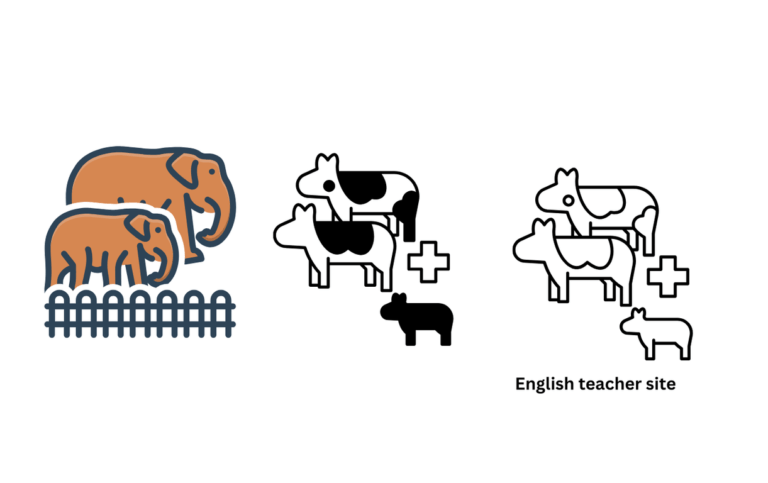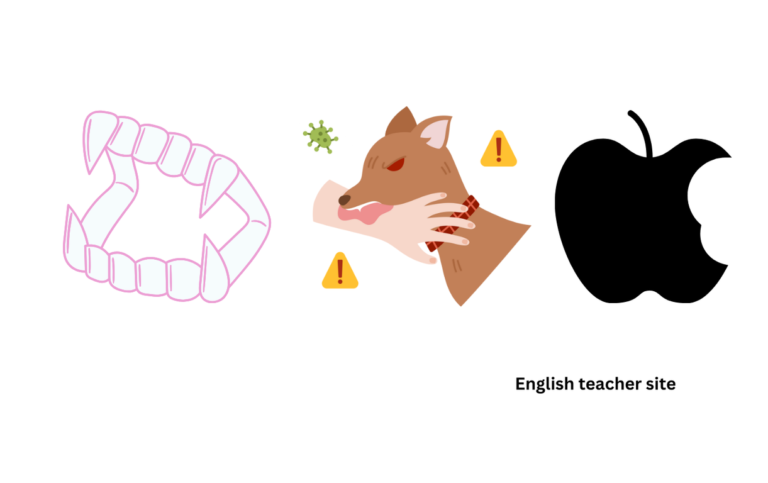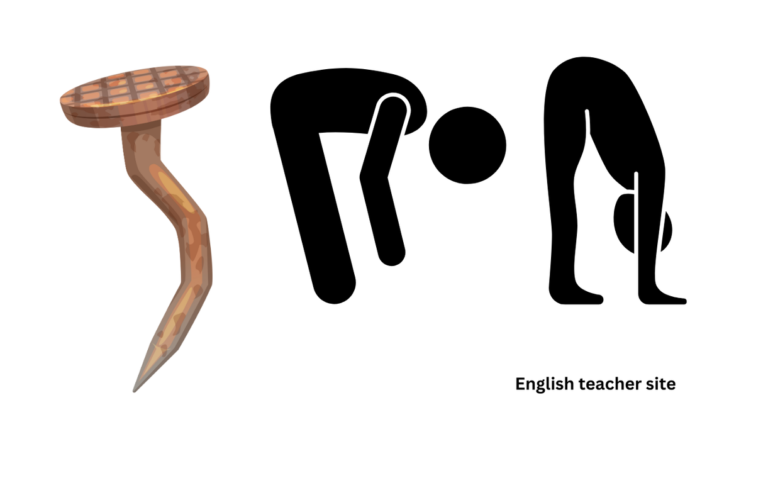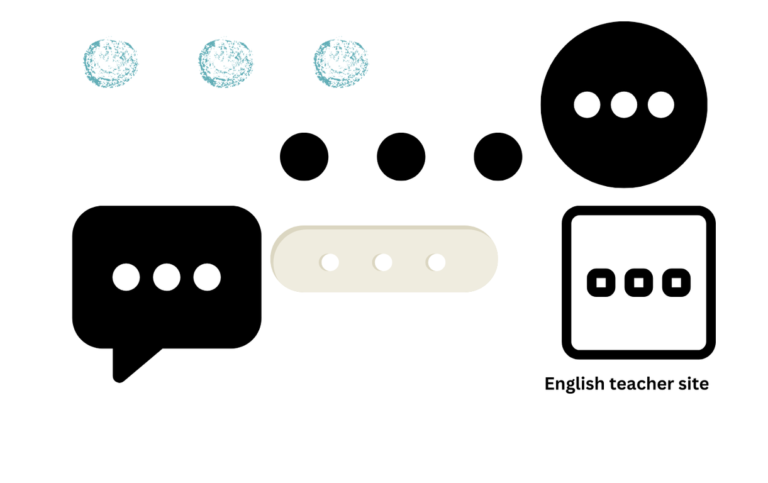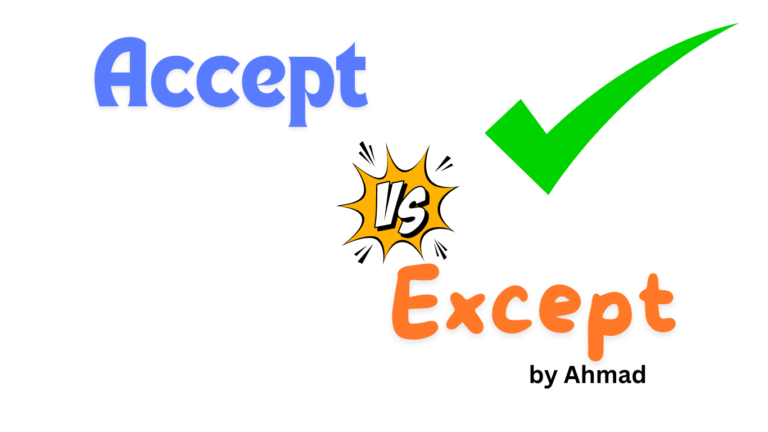Is It Breeded or Bred: Understanding the Correct Past Tense of Breed
The past tense of “breed” is “bred,” not “breeded.” This also applies to the past participle form. Understanding the correct tense is important for accurately conveying the action of reproduction or the process of cultivating desirable characteristics in animals, plants, or other types of entities. When discussing the breeding that has occurred in the past,…

